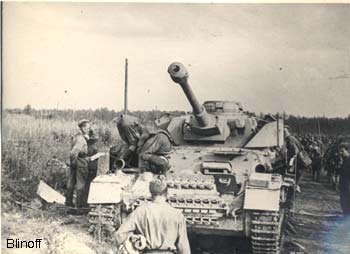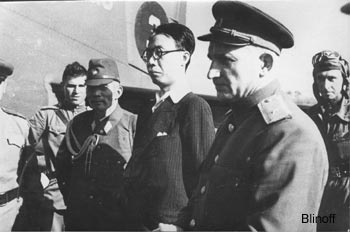World War II. Lend-Lease and the trophies tanks in the museum, Kubinka, Russia, photo-history.
During the Soviet- Japan War 1945 in Manchukuo (North China), the Red Army captured also several Japanese tanks.
During World War II the USSR received American & British tanks under Lend-Lease. The bulk of foreign tanks in the collection was captured during World War II. Others were obtained by exchange with the British Armor Museum or were given by Soviet allies and clients from items they captured in Viet-Nam, Korea, Cuba, Middle East Wars, etc.
There are 129 Russian items including many prototype models of vehicles that were not produced in quantity.
Long time the owner of this tank collection was the special secret soviet military Institution (Laboratory) specializing for the testing any kind of tanks.
The museum was opened September 10-th 1978.
Now the Museum of Armored Vehicles and Equipment has one of the largest collections of armored vehicles in the world. Vehicles from 11 foreign countries are represented. The 290 items range from 3-5 ton light tanks and armored cars to a super-heavy, 180 ton monster. There are 40 self-propelled guns from 57 to 600 caliber, 30 armored cars, 10 reconnaissance and command vehicles, and a variety of technical and engineer support vehicles.
In 2000 year the old vehicles were re-painted in original manner by the Russian specialists of the historical society. Now tanks look like in their historical period.






